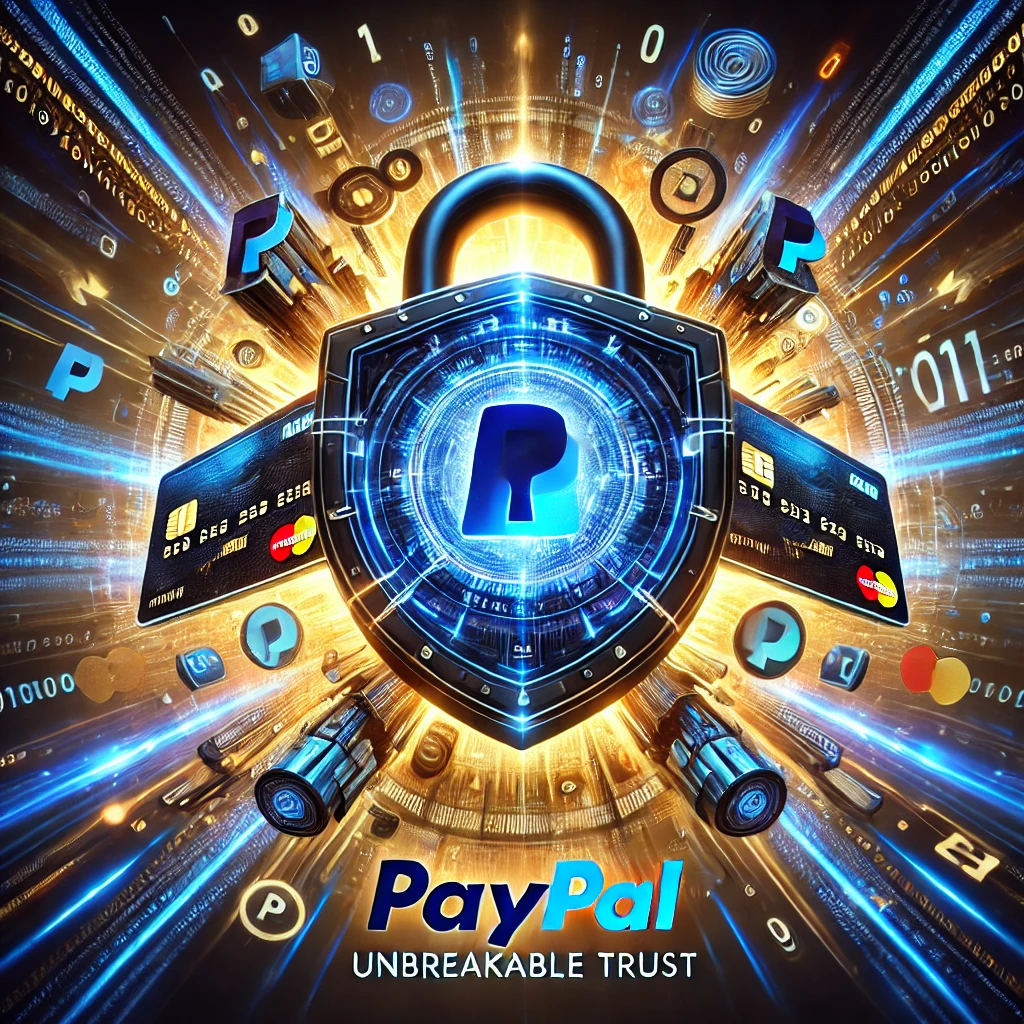For startups, building trust is a daunting task. One wrong move can spell disaster for customer confidence. PayPal, a pioneer in digital payments, mastered the art of earning trust.
It became synonymous with secure online transactions, establishing itself as a trusted name in fintech.
This didn’t happen overnight. PayPal’s journey involved strategic decisions, innovative technology, and a relentless focus on security. Let’s explore how PayPal built trust and what startups can learn from it.
1. Security at the Core of Innovation
PayPal’s success in securing payments wasn’t just about having state-of-the-art technology. It was about embedding security into its DNA. Startups should prioritize security from day one. It’s not just a feature—it’s a fundamental value proposition.
Takeaway: Invest in building a robust security infrastructure early. This could mean partnering with security experts, implementing multi-factor authentication, or adopting encryption standards.
2. Building Trust with Transparency
PayPal was upfront about how it protected users’ money and data. They communicated this clearly, making customers feel safe using their platform. Transparency in your security policies fosters trust and reduces skepticism.
Takeaway: Create clear, user-friendly policies about how you handle data and transactions. Regularly update your customers on what you’re doing to keep them safe.
3. Leveraging User Feedback
PayPal listened to its users. They used feedback to refine their security measures and improve user experience. Engaging with your customer base to understand their concerns and expectations is crucial for any startup.
Takeaway: Implement a feedback loop to gather and act on customer insights. Consider creating a secure channel for reporting issues and concerns.
4. Simplifying Complex Technology
PayPal’s security measures were sophisticated, but they didn’t overwhelm users with technical jargon. The process felt simple and intuitive, which increased user adoption and trust.
Takeaway: Design your security features to be user-friendly. Complex security shouldn’t mean a complicated user experience. Aim for simplicity in both technology and communication.
5. Strategic Partnerships for Credibility
PayPal partnered with trusted financial institutions to bolster its credibility. This not only enhanced its reputation but also provided additional layers of security and regulatory compliance.
Takeaway: Collaborate with established entities in your industry to build credibility. Strategic partnerships can offer resources, security, and legitimacy to your startup.
6. Continuous Innovation and Adaptation
Cyber threats evolve, and PayPal’s approach to security evolved too. They constantly updated their systems, proactively addressing vulnerabilities before they became a problem.
Takeaway: Stay ahead of potential threats by investing in research and development. Regularly update your security protocols to adapt to the changing landscape.
7. Educating Users About Security
PayPal didn’t just secure its platform; it educated its users. They provided resources on recognizing phishing scams and securing personal information.
Takeaway: Empower your customers with knowledge. Offer educational content on security best practices to help them protect themselves, which in turn protects your business.
8. Instilling a Culture of Security
Security at PayPal wasn’t just the responsibility of the IT department. It was a company-wide priority. Startups should foster a security-first culture where every team member understands and values the importance of protecting user data.
Takeaway: Create internal training programs on security awareness. Make security a core value that permeates every aspect of your business.
9. Providing Secure and Seamless Experience
PayPal ensured that its security measures didn’t hinder user experience. Balancing security and convenience is key. Frictionless security measures like biometric authentication and single-click checkouts helped keep customers happy and secure.
Takeaway: Design security protocols that are both strong and seamless. Avoid creating unnecessary barriers in the user experience that could lead to frustration or abandonment.
10. Clear Communication in Crisis
When security issues arose, PayPal acted swiftly, communicating transparently with users. This honesty helped them maintain trust, even when things went wrong.
Takeaway: Have a crisis communication plan in place. If a security issue occurs, inform your users promptly and transparently. Show them what steps you’re taking to resolve the problem.
Final Thoughts
PayPal’s journey to becoming a trusted payment giant offers valuable lessons for startups. Security isn’t just about technology—it’s about trust, transparency, and continuous improvement.
By embedding security into your startup’s DNA, communicating openly with users, and staying ahead of threats, you can build a brand that customers trust.
This trust will not only protect your business but also propel it to new heights.










